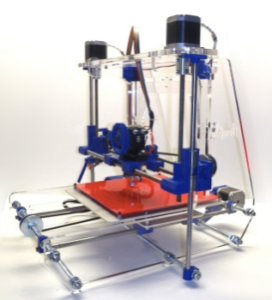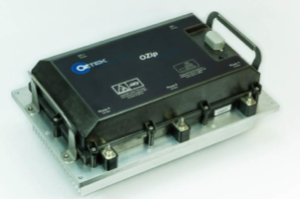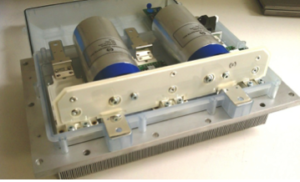
3D printing is a form of technology that is taking the world by storm. Although the concept has been around since the 1980’s, it’s only in the past few years that it’s become a legitimate means of manufacturing and prototyping. In fact, major companies like Ford, General Electric and Mattel have already implemented this technology.
As it becomes more sophisticated, it’s projected by Business Insider
to be used in numerous industries including healthcare, engineering, automotive and aerospace just to name a few. Perhaps more interesting is that “the consumer market is the fastest-growing portion of the 3D printing market and many systems are expected to be dual professional/personal use among small business owners or serious hobbyists.”
What is 3D Printing?
According to Tech Target, 3D printing is a manufacturing process that builds layers to create a three-dimensional solid object from a digital model. It starts by first using either computer-aided design or scanning an object with a 3D scanner. From there, the machine builds a succession of layers from the bottom up until there is a finished object. In terms of the materials used, there are several options including thermoplastics, plaster, silicone, aluminum, metal alloys, and even wood fiber.
Now that we have a basic understanding of this process, here’s how businesses can use it for prototyping and why it’s better than using more traditional methods.
Affordability
While historically the technology was expensive and primarily used by larger companies, recent advances have made the printers much more affordable. Pricing varies considerably, based on material use, accuracy, and print speed, but Amazon now offers 3D printers for under $500, capable of making small, non-critical parts. While most small companies won’t necessarily invest in the technology, there are plenty of vendors who now offer 3D prototyping services at affordable prices. This is good news for product designers, as it allows them to prototype parts to check fit, form, and function before committing to expensive tooling. Prior to 3D printing, these prototypes would have been cost-prohibitive for many design firms.

When designing the 100kW OZIP inverter pictured here, we utilized 3D printing to manufacture a prototype housing. This important design step allowed us to check fit, fastener clearance, internal feature clearances, as well as assembly ergonomics before committing to the expense of tooling the production part for injection molding.
Faster Production
For this particular prototype, you can see we also used a transparent material, which let us better see how everything fit with the top on. While 3D design tools make it much easier and faster to design complex products, sometimes there is still no substitute for a physical sample.
 When traditional manufacturing techniques, it’s common to expect delays. According to Stratasys, “when taking into account internal design review meetings, order placement, approval processes and other procedures, the total design delay time can be five or 10 times the actual turnaround time when outsourcing.”
When traditional manufacturing techniques, it’s common to expect delays. According to Stratasys, “when taking into account internal design review meetings, order placement, approval processes and other procedures, the total design delay time can be five or 10 times the actual turnaround time when outsourcing.”
On the other hand, 3D printing, either in house or through a rapid prototyping vendor, can expedite this time significantly and businesses are less likely to encounter setbacks. If the original prototype doesn’t turn out as expected, a few adjustments can be made and another version can quickly be made. This way, it’s possible to turn a new idea into a prototype and ultimately bring it market much quicker than using traditional manufacturing methods.
If prototyping is something that a business does frequently and takes seriously, it’s clear that 3D printing should be taken into consideration. The efficiency and affordability make it perfect for companies regardless of the industry. Moving forward, expect businesses to incorporate 3D printed parts into production designs. Part quality is continually improving, and with quick turn time and unsurpassed design flexibility, it already offers advantages for specialized, low volume products.
Photo Source: Wikimedia Commons


